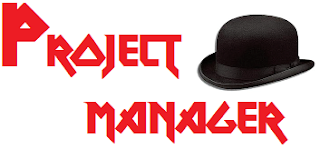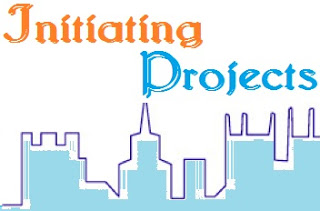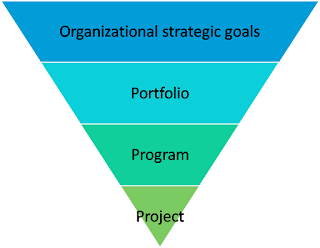I have done a video presentation on the topic "Projects vs Operations | PMP Exam Perspective". This is my first serious attempt to use YouTube for my presentations/ blog. Please watch the YouTube video embedded below in this article.
Please leave your valuable comments/ feedback/ suggestions on the video. If you have any particular topic that you want me to cover in the next video, your suggestions are most welcome. If you liked this video, please give a thumbs-up and also don't forget to subscribe to the YouTube Channel.
Please leave your valuable comments/ feedback/ suggestions on the video. If you have any particular topic that you want me to cover in the next video, your suggestions are most welcome. If you liked this video, please give a thumbs-up and also don't forget to subscribe to the YouTube Channel.







